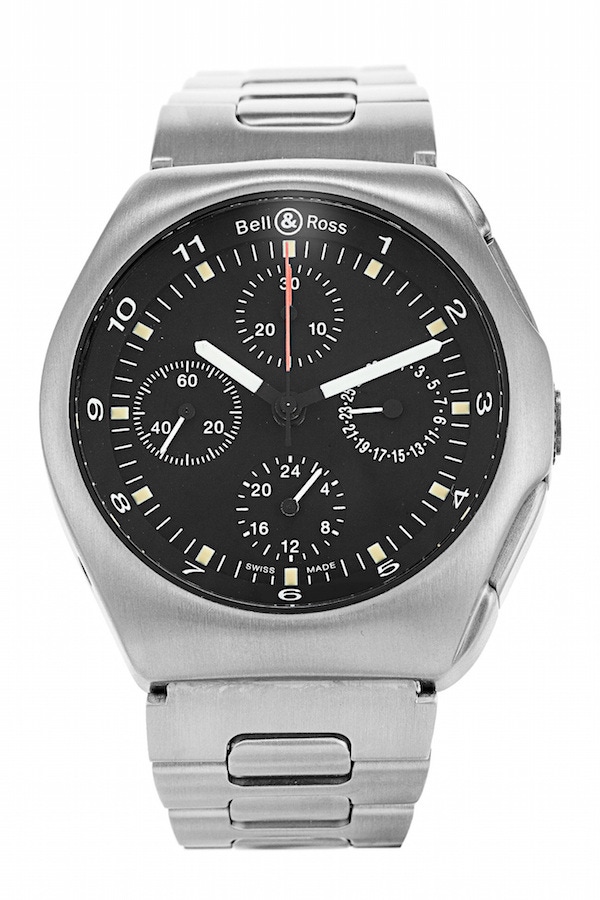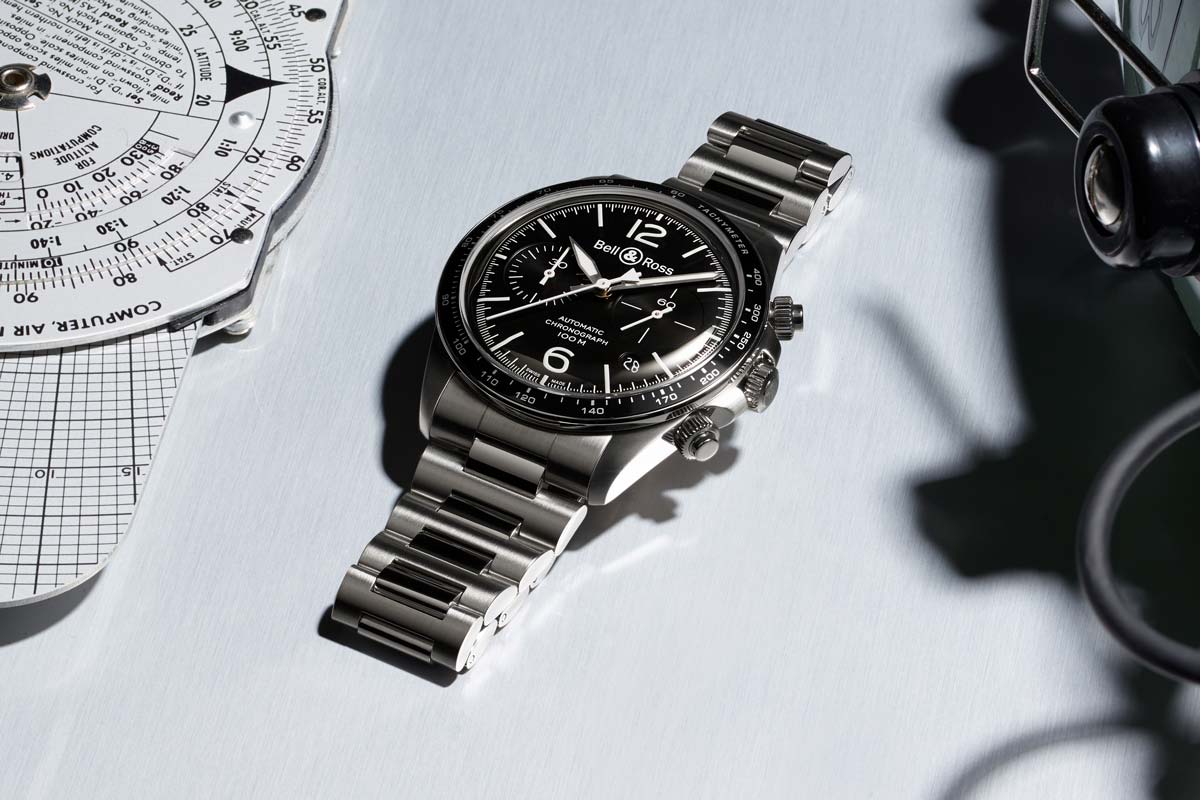Scaling New Depths: The Success of Bell & Ross
Stark functionality plus military inspiration equals unsurpassed modern horological elegance, when it comes to a brand that can’t stop climbing to new heights.

“Whether it be the sweeping eagle in his flight, or the open apple-blossom, the toiling workhorse, the blithe swan, the branching oak, the winding stream at its base, the drifting clouds, over all the coursing sun - form ever follows function.” So wrote American architect Louis Henry Sullivan in 1856. Sullivan, despite being The Father of The Skyscraper, is far less celebrated than the man he mentored – Frank Lloyd Wright – but his philosophy is in rude health thanks to brands such as Bell & Ross: the French watchmaker founded in 1992 by two boyhood friends, industrial designer Bruno Belamich and Hautes Etudes Commerciales de Paris alumnus, Carlos-A Rosillo.
Bell & Ross (a potently emotive brand name, based on the first syllables of the founders’ surnames) operates on a single, brutally utilitarian principle: if efficiency, legibility and reliability underpin design, exceptional beauty will follow as inevitable collateral. And, it would be a tepid assessment indeed to say that the duo have been merely successful in their quest to rejuvenate the industry by injecting ruthlessly parsimonious pragmatism into it.
In the quarter of a century that has passed since the brand’s founding, Bell & Ross has garnered a reputation for almost impatient innovation. Milestones in the early years, when they collaborated with German maker Sinn, included the Space 3 GMT, a direct descendant of the Space 1 taken into orbit by German astronaut Reinhart Furrer; the 1996 Bomb Disposal Type, which was ordered by the French Security Services’ device disposal unit; and the Hydromax – the 1997 diver's watch which could sink to an unprecedented depth of 11,000 meters, thus putting the brand into the record books.












